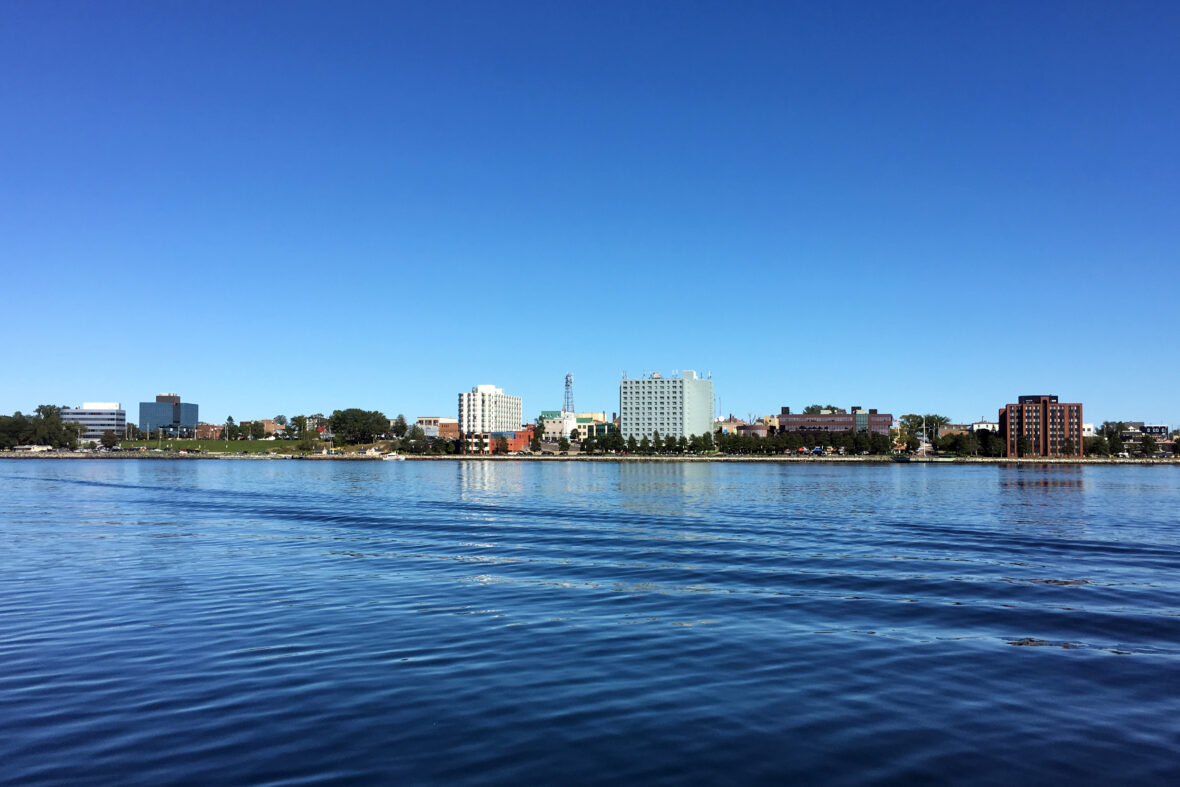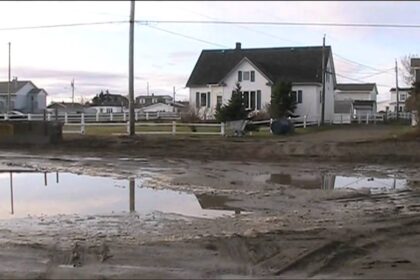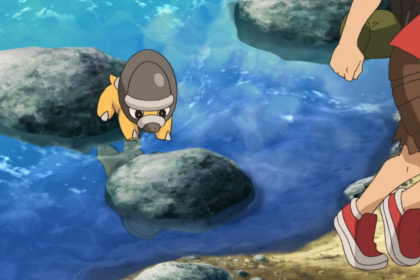Sydney is a former city and current community located in the Cape Breton Regional Municipality of Cape Breton Island, Nova Scotia, Canada. Situated on Cape Breton Island’s east coast, it belongs administratively to the Cape Breton Regional Municipality. Take a look below for 30 fun and interesting facts about Sydney, Nova Scotia, Canada.
1. Sydney was founded in 1785 by the British, was incorporated as a city in 1904, and dissolved on 1 August 1995, when it was amalgamated into the regional municipality.
2. Sydney served as the Cape Breton Island colony’s capital, until 1820, when the colony merged with Nova Scotia and the capital moved to Halifax.
3. A rapid population expansion occurred just after the turn of the 20th century, when Sydney was home to one of North America’s main steel mills.
4. During both the First and Second World Wars, it was a major staging area for England-bound convoys.
5. The post-war period witnessed a major decline in the number of people employed at the Dominion Steel and Coal Corporation (DOSCO) steel mill, and the Nova Scotia and Canadian governments had to nationalize it in 1967 to save the region’s biggest employer, forming the new crown corporation called the Sydney Steel Corporation (SYSCO).
6. The city’s population has steadily decreased since the early 1970s due to the plant’s fortunes, and SYSCO was finally closed in 2001.
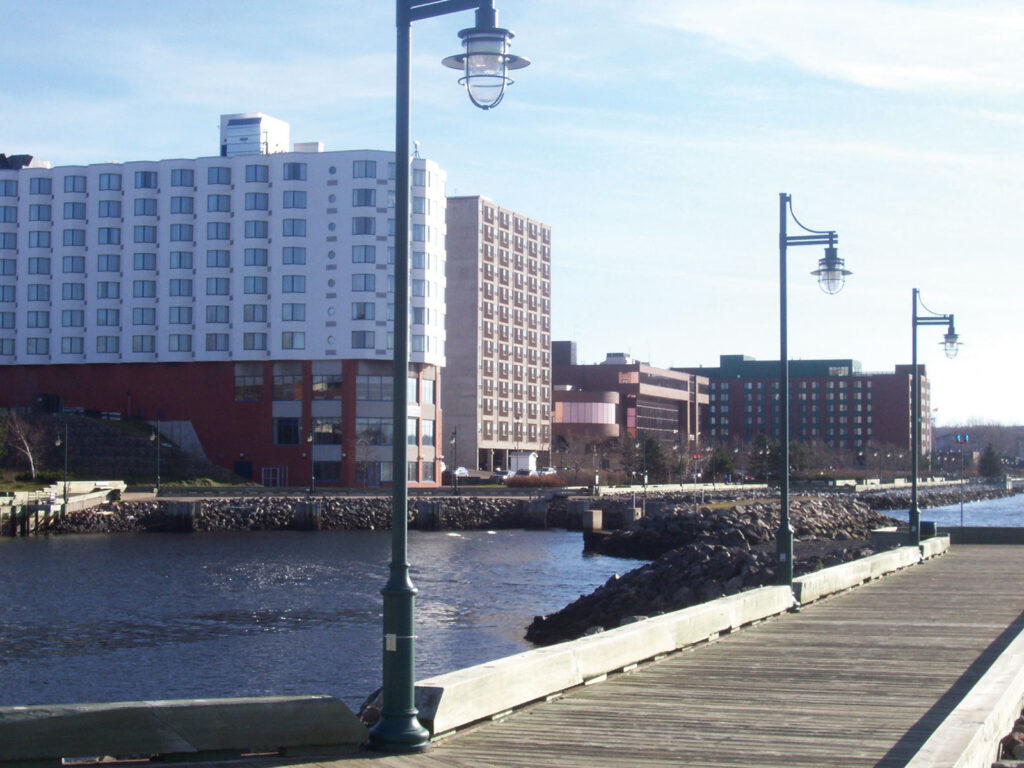
7. Today, the main industries are in customer support call centres and tourism.
8. Together with Sydney Mines, North Sydney, New Waterford, and Glace Bay, Sydney forms the region traditionally referred to as Industrial Cape Breton.
9. Sydney is on the east bank of the Sydney River where it discharges into South Arm of Sydney Harbour. Elevation ranges from sea level to 66 m (217 ft) above sea level.
10. The majority of properties within the former city limits have been impacted by development and an extensive urban road network.
11. The central business district is located on a peninsula extending into South Arm formed by Sydney River on the west side and Muggah Creek on the east side.
12. The largest park within the former city limits is Open Hearth Park.
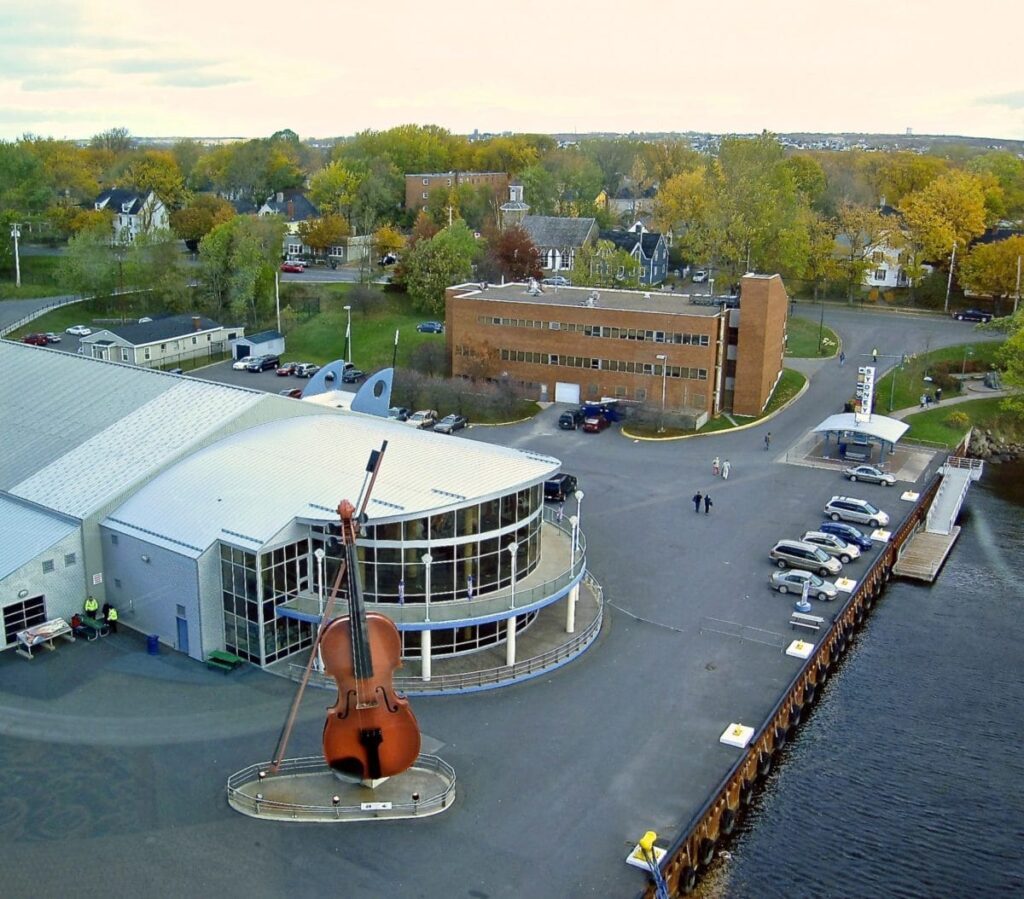
13. Distinctive neighbourhoods include Whitney Pier in the north east end next to the former steel plant site, Ashby in the east end, Hardwood Hill in the south end and the “North End” located on the peninsula which contains the Holy Angels convent and the Sydney Garrison known as Victoria Park, headquarters of the Cape Breton Highlanders reserve infantry regiment.
14. The former city completely encircles the Membertou First Nation (First Nations Reserve 28A and 28B).
15. Sydney experiences a cool summer, and windy, wet and stormy winter, version of a humid continental climate (Köppen Dfb) that is significantly moderated by the community’s proximity to the Atlantic Ocean.
16. The highest temperature ever recorded in Sydney was 36.7 °C (98 °F) on 18 August 1935.
17. The lowest temperature ever recorded was −31.7 °C (−25 °F) on 31 January 1873, 29 January 1877 and 15 February 1916.
18. Due to the relatively strong influence from large bodies of water, Sydney experiences strong seasonal lag, meaning February is the year’s coldest month on average, and August is the year’s warmest month on average. By contrast, in most continental climates in the Northern Hemisphere, January is the coldest month, July the warmest.
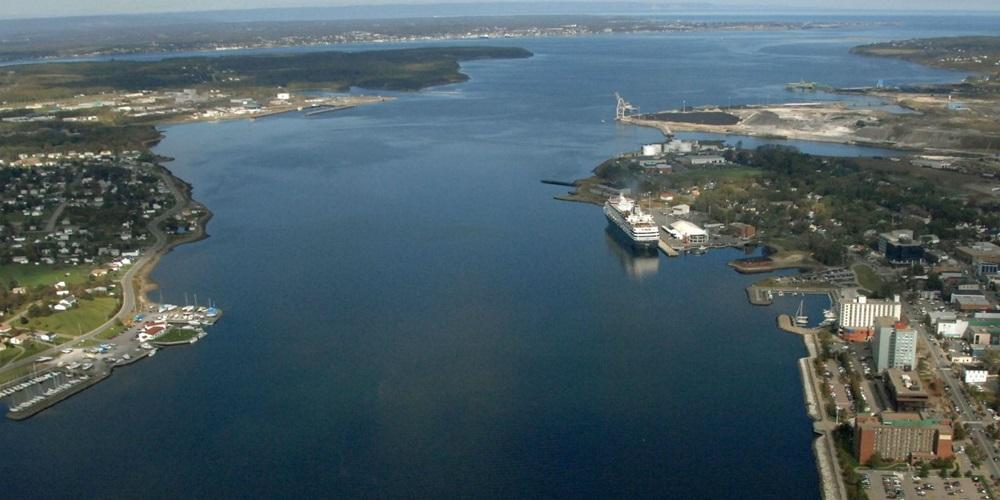
19. Sydney suffered an economic decline for several decades in the later part of the 20th century as local coal and steel industries underwent significant changes.
20. The closure of the Sydney Steel Corporation’s steel mill and the Cape Breton Development Corporation’s coal mines in 2000–2001 have resulted in attempts by the municipal, provincial and federal governments to diversify the area economy.
21. At the start of the 21st century, Sydney faces a significant challenge in the cleanup of the Sydney Tar Ponds, a tidal estuary contaminated with a variety of coal-based wastes from coke ovens that supplied the steel industry.
22. After extensive public consultation and technical study, a $400 million CAD cleanup plan jointly funded by the federal and provincial governments awaits further environmental assessment.
23. In one part of Whitney Pier, residents of Frederick St. discovered contamination within several homes and in surrounding soil, including a toxic orange substance oozing into local basements.
24. Testing of the substance lasted over a year and many were outraged by delays, although some residents were subsequently relocated to a safer residential area nearby.
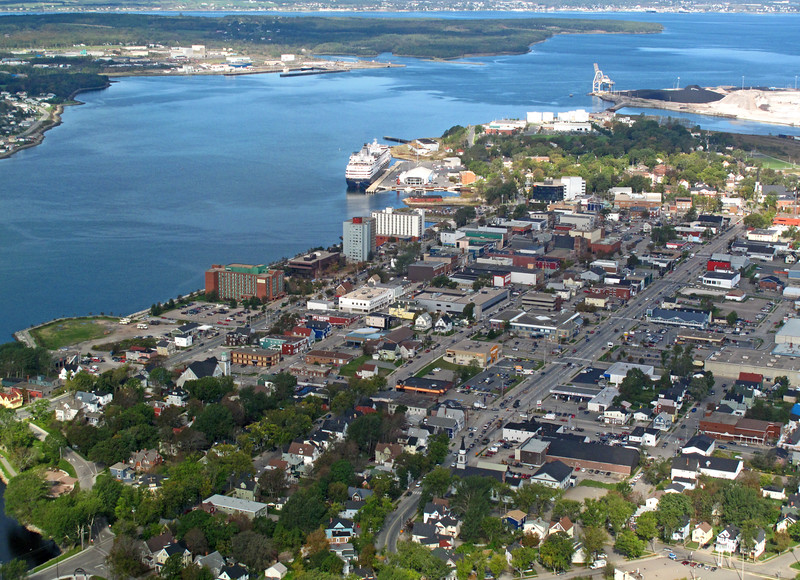
25. High unemployment and lack of opportunities have resulted in many educated young people leaving the community for jobs in other parts of Canada and the US. Demographic changes, including an aging population and decrease in the birth rate, have affected the area’s economic outlook. Specifically, many residents have opted to seek work in Alberta and Ontario.
26. Sydney’s economy was buoyed by the 2011 announcement of funding for the Sydney Harbour dredging project, which was completed in 2012.
27. Cape Breton Island has become home to a significant tourism industry, with Sydney (as the island’s largest urban centre) being a prime beneficiary. With its economy being dominated by the steel industry until the early 2000s, Sydney had been overlooked as a tourist destination, with the more centrally located scenic village of Baddeck being a preferred location for tourists transiting the Cabot Trail.
28. Sydney is the island’s largest commercial centre and home to the Cape Breton Post daily newspaper, as well as one television station, CJCB-TV, a member of the CTV Television Network.
29. The annual Celtic Colours International Festival is held throughout Cape Breton Island in October, with some of the concerts taking place in Sydney.
30. Tennis has a long history in Sydney. The Sydney Lawn Tennis Club (now the Cromarty Tennis Club) was incorporated by an Act of the Nova Scotia Legislature on 28 April 1893. The Cape Breton Junior Regionals, Masters Championships, and the Cape Breton Open tennis tournaments are held annually.

